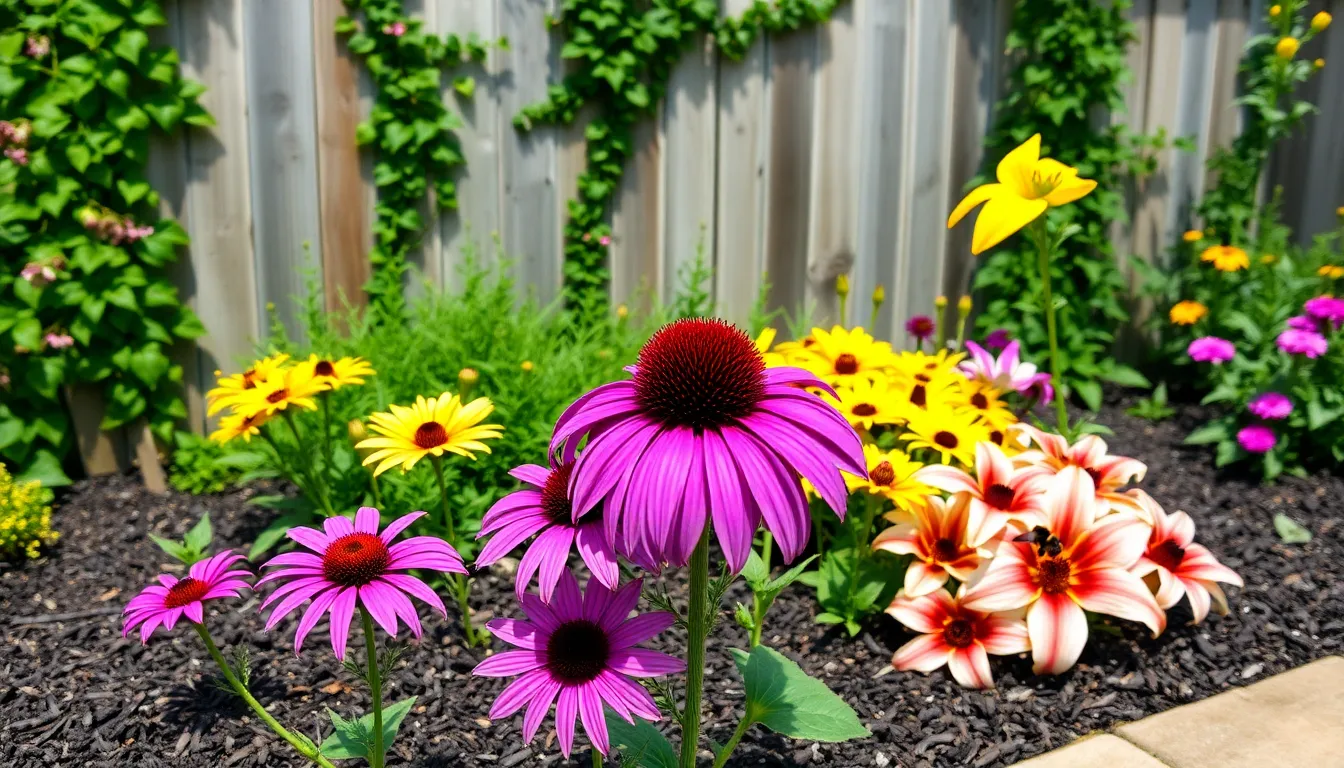Welcome to a world where your garden flourishes year after year, filled with vibrant colors and lush greenery. Whether you’re just planting your first seedling or have been tilling the soil for years, “10 Best Perennials for Beginners” is your gateway to effortless beauty and bountiful blooms. This guide is your invitation to embrace the joy of gardening, highlighting plants that are as easy to care for as they are rewarding to grow.
In these pages, you’ll discover perennials that promise low-maintenance charm and seasonal reliability, perfect for those who wish to enjoy their garden more and fuss less. Each plant has been carefully selected to thrive with minimal effort, ensuring your gardening journey is filled with success and satisfaction. With practical tips and expert insights, you’ll gain the confidence to nurture a garden that reflects your personal style and passion. Get ready to dig in and let the magic of gardening transform your outdoor space into a haven of beauty and tranquility.
Daylilies (Low-Maintenance Blooms)
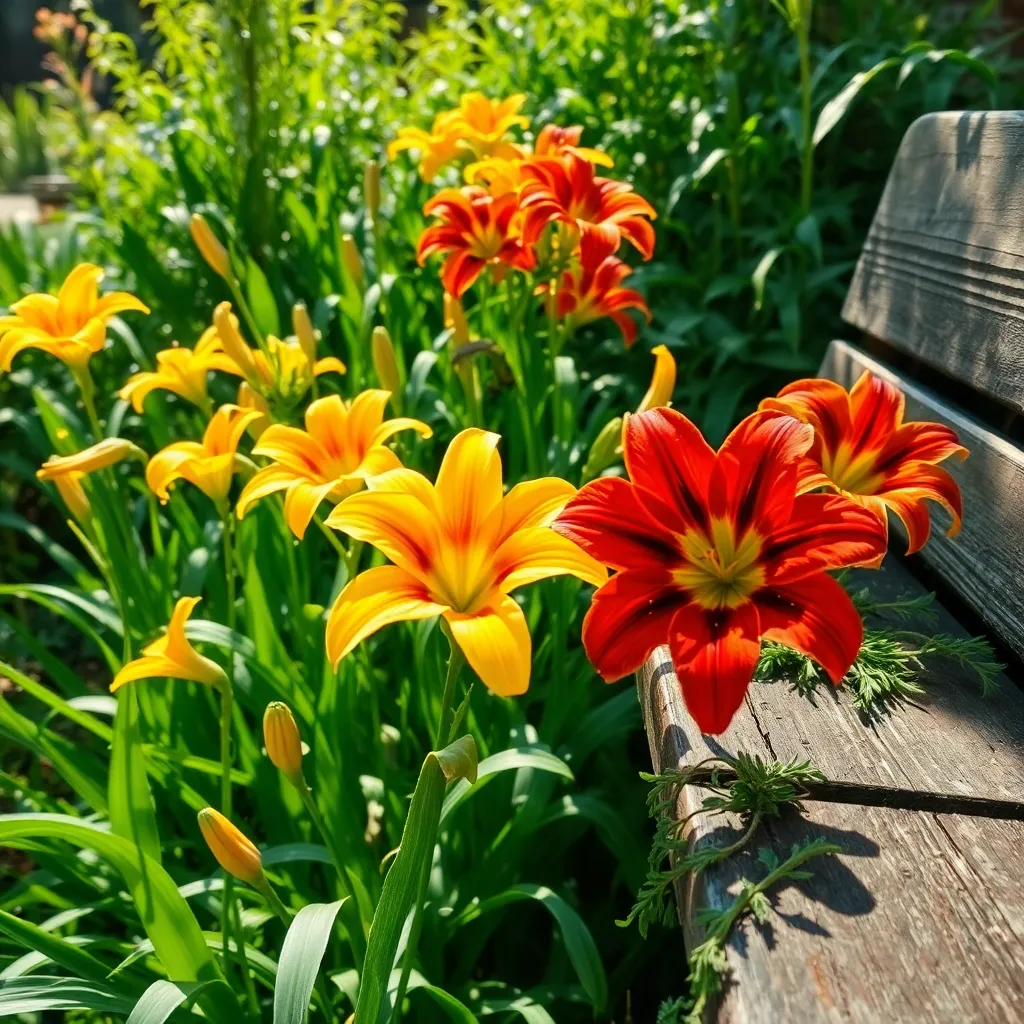
Daylilies are a quintessential choice for gardeners looking for low-maintenance blooms that reliably return year after year. These hardy perennials thrive in a variety of conditions, making them perfect for beginners and experienced gardeners alike.
To ensure your daylilies flourish, plant them in well-drained soil with plenty of organic matter. Although they tolerate partial shade, daylilies perform best in full sun, where they can soak up at least six hours of sunlight daily.
Watering daylilies is straightforward; they require about an inch of water per week, typically provided by rainfall in most climates. During dry spells, a deep watering once a week will keep them healthy and blooming.
For advanced gardeners looking to optimize their blooms, consider dividing the clumps every 3 to 5 years. This not only prevents overcrowding but also encourages more vigorous blooming, ensuring your garden stays vibrant for seasons to come.
Hostas (Shade-Loving Foliage)
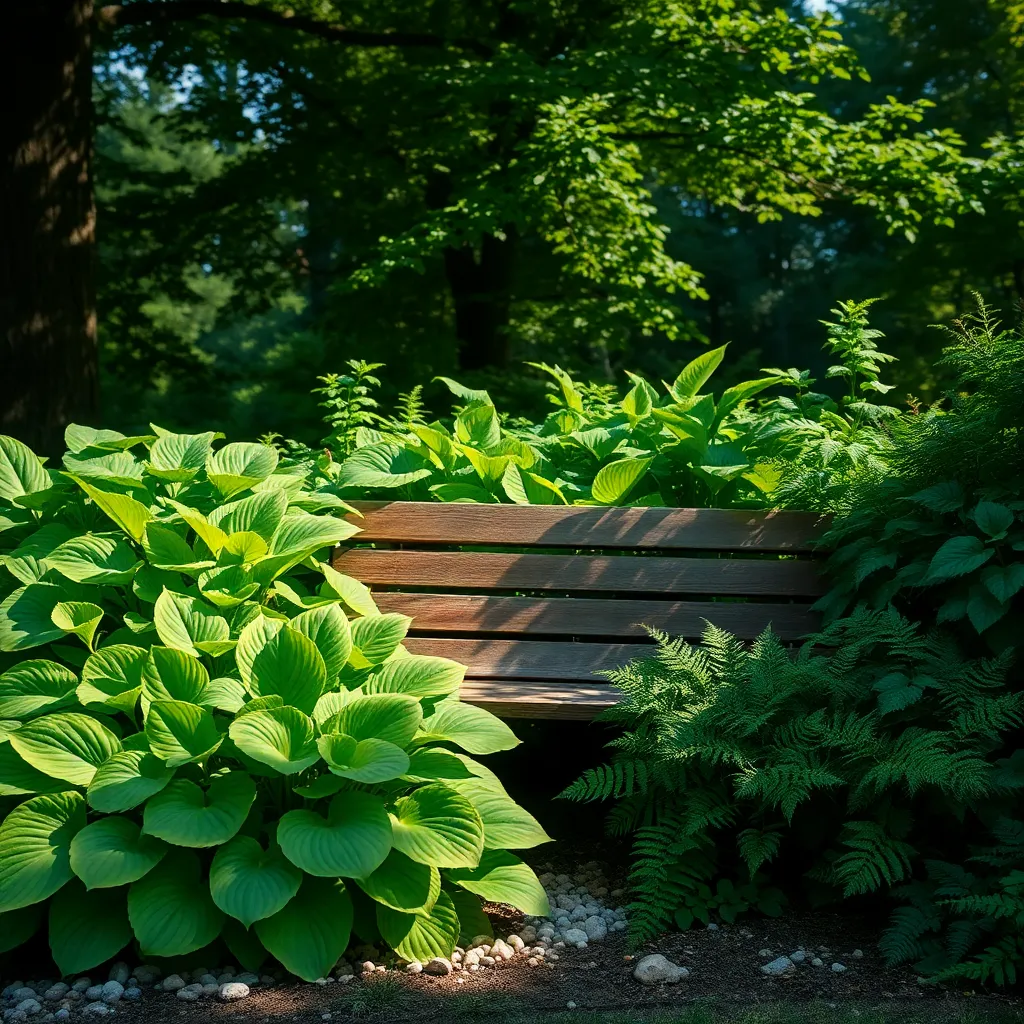
Hostas are a fantastic choice for gardeners looking to add lush, shade-loving foliage to their landscape. Known for their broad leaves and diverse range of colors, hostas thrive in areas where sunlight is limited, making them perfect for those tricky, shaded spots in your yard.
To successfully grow hostas, plant them in well-draining soil that is rich in organic matter. A mix of loam and compost is ideal for providing the nutrients they need while ensuring excess water drains away efficiently.
Regular watering is crucial, particularly during dry spells, to keep your hostas hydrated and healthy. Aim to water them once a week, ensuring the soil remains consistently moist without becoming waterlogged.
Advanced gardeners can experiment with different varieties to create a visually appealing contrast in their garden beds. Adding mulch around your hostas not only helps retain soil moisture but also suppresses weeds, keeping your garden looking neat and tidy.
Coneflowers (Pollinator-Friendly)
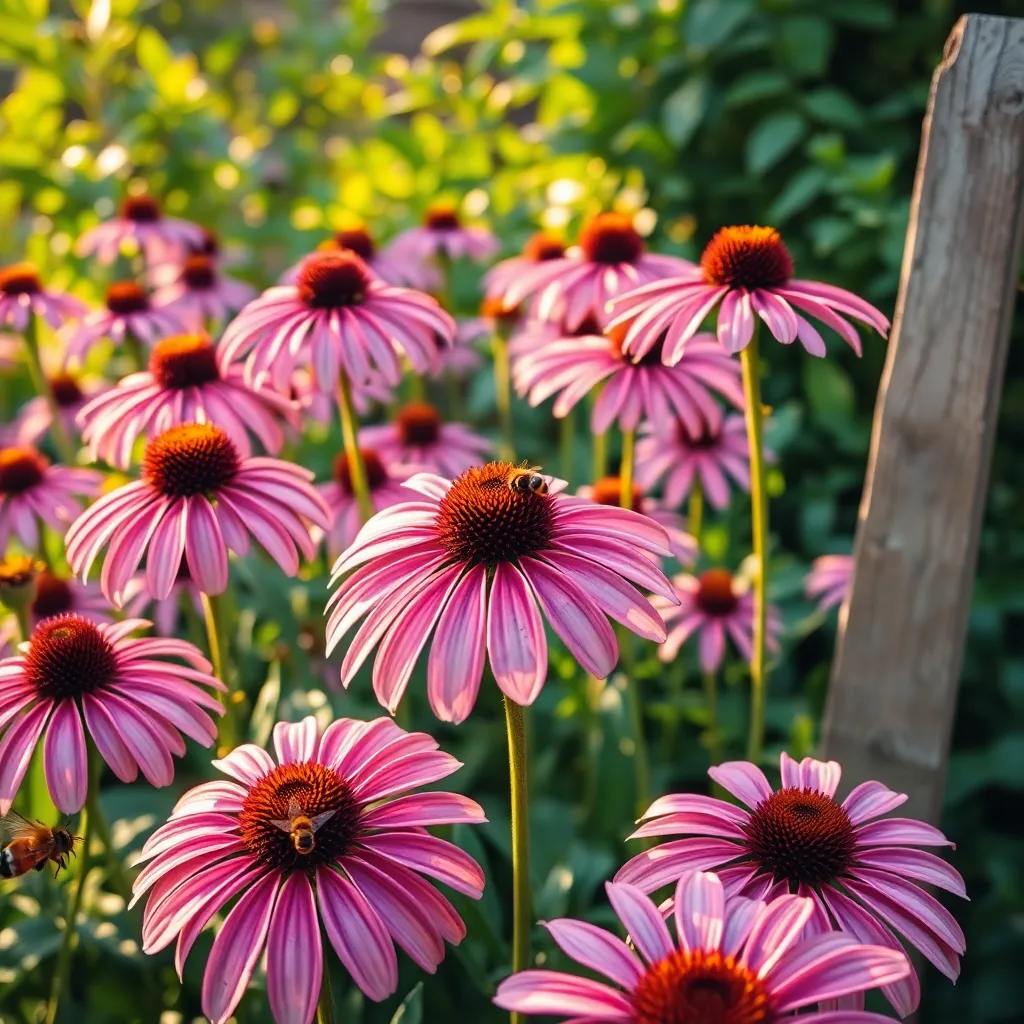
Coneflowers, also known as Echinacea, are a fantastic addition to any beginner’s garden, renowned for their resilience and vibrant blooms. These hardy perennials thrive in full sun and are incredibly drought-tolerant once established, making them easy to maintain.
To ensure healthy growth, plant coneflowers in well-draining soil enriched with organic matter like compost. Water them deeply once a week, especially during dry spells, to promote deep root development.
Deadheading spent flowers will encourage additional blooming throughout the summer, extending their colorful display. For a more natural look, consider leaving some seed heads intact in the fall, as they provide food for birds and add winter interest to your garden.
Advanced gardeners might explore propagating coneflowers by division every few years to maintain vigor and manage plant size. Divide in early spring or late fall, ensuring each section has several healthy shoots and roots before replanting.
Sedum (Drought-Tolerant Succulent)
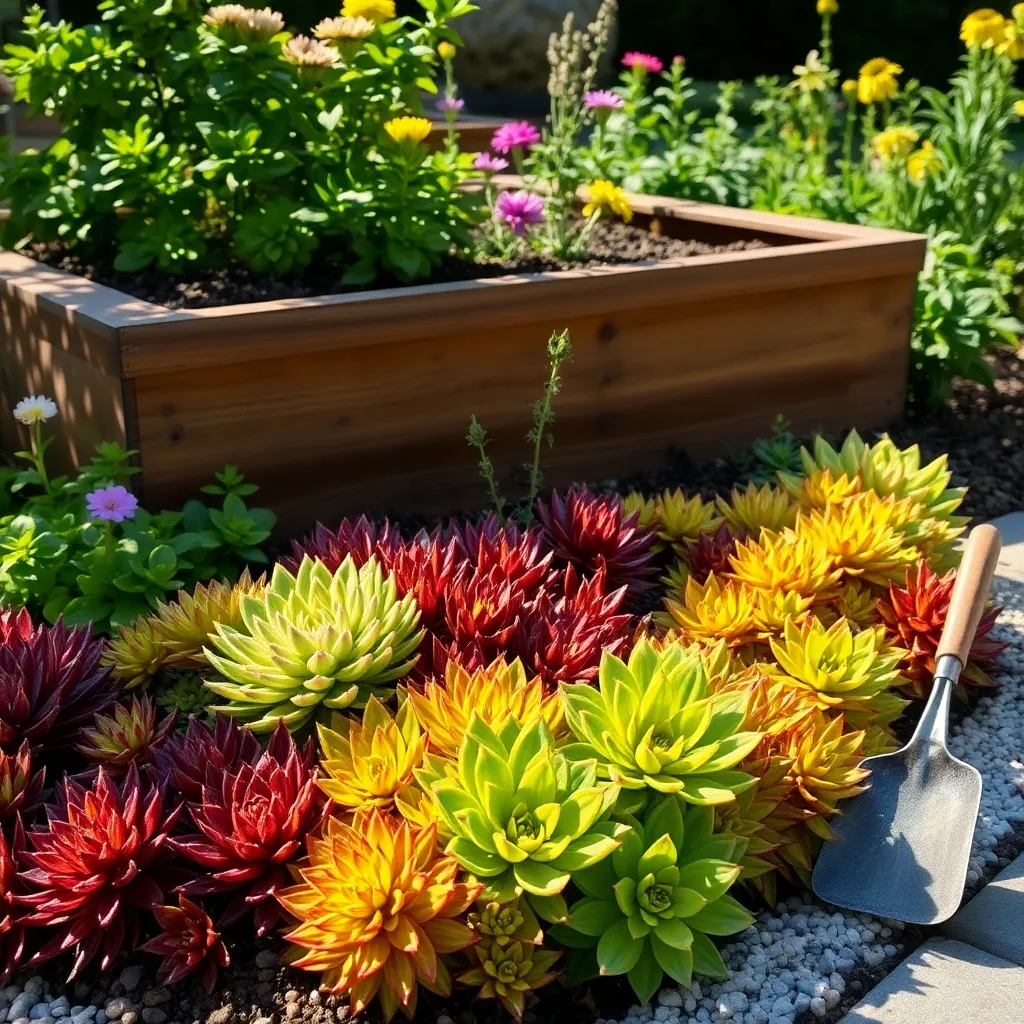
Sedum, a versatile and drought-tolerant succulent, is perfect for beginners due to its low maintenance requirements. These hardy plants thrive in well-draining soil and require minimal watering, making them ideal for those who might forget to water regularly.
To ensure optimal growth, place Sedum in an area that receives full sun for at least six hours a day. This ensures the plant maintains its vibrant colors and produces its charming, star-shaped flowers.
If you’re planting Sedum in a garden bed, consider adding a layer of gravel or sand to improve drainage. For container gardening, use a cactus or succulent potting mix to provide the necessary soil conditions.
While Sedum is generally pest-resistant, keep an eye out for aphids or mealybugs, especially in overly humid environments. A simple spray of water or a mild insecticidal soap can help manage these pests effectively.
Black-Eyed Susans (Long-Lasting Flowers)
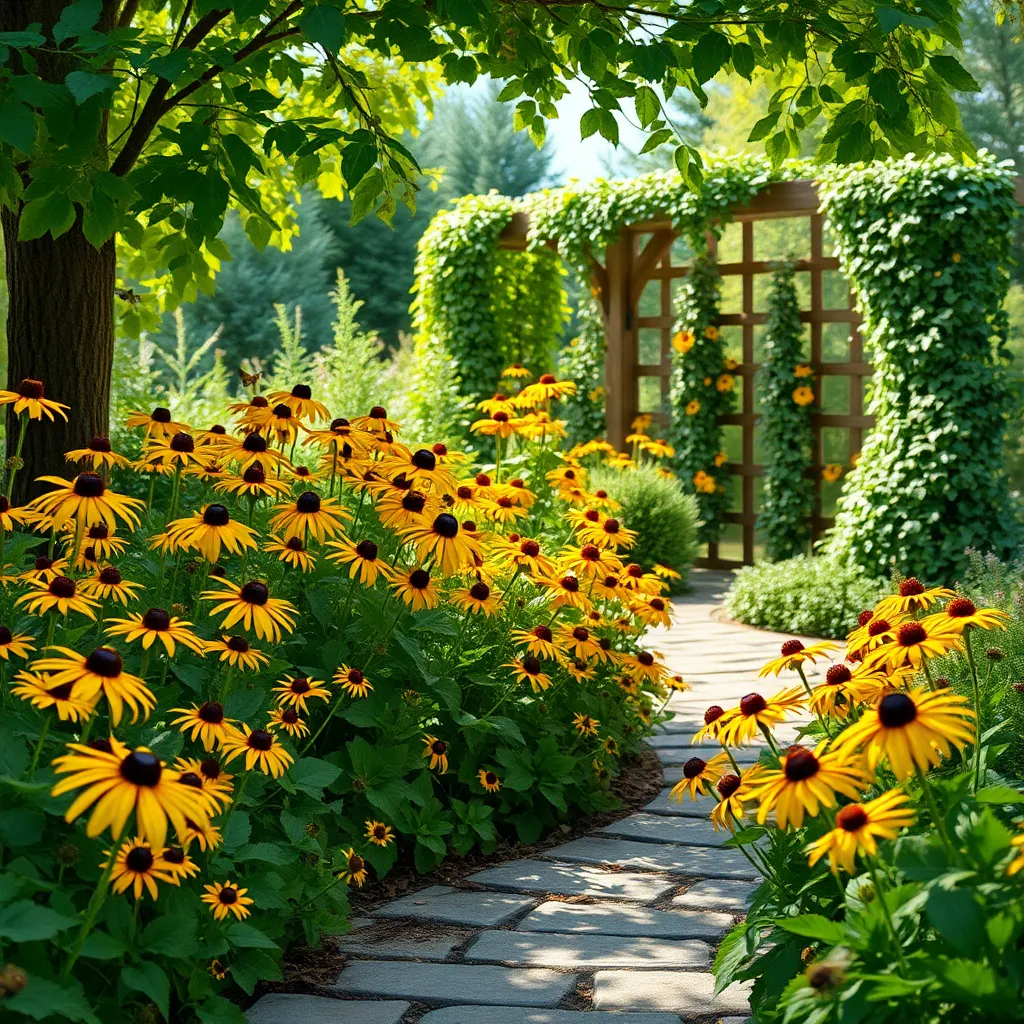
Black-Eyed Susans are a fantastic choice for beginner gardeners, thanks to their resilience and long-lasting blooms. These cheerful flowers thrive in full sun and well-drained soil, making them an easy addition to any garden setting.
To plant Black-Eyed Susans, start by choosing a spot that receives at least six hours of sunlight each day. It’s essential to space them about 12 to 18 inches apart to allow for proper air circulation and growth.
Water these plants regularly during their first growing season to establish a strong root system; once established, they become fairly drought-tolerant. For optimal blooms, deadhead the spent flowers throughout the season, which encourages new growth and extends the flowering period.
Advanced gardeners can experiment with dividing the plants every 3 to 4 years in early spring or late fall to maintain their vigor and spread them throughout the garden. Mulch around the base to retain moisture and suppress weeds, which also enhances the overall health of the plants.
Lavender (Fragrant and Hardy)
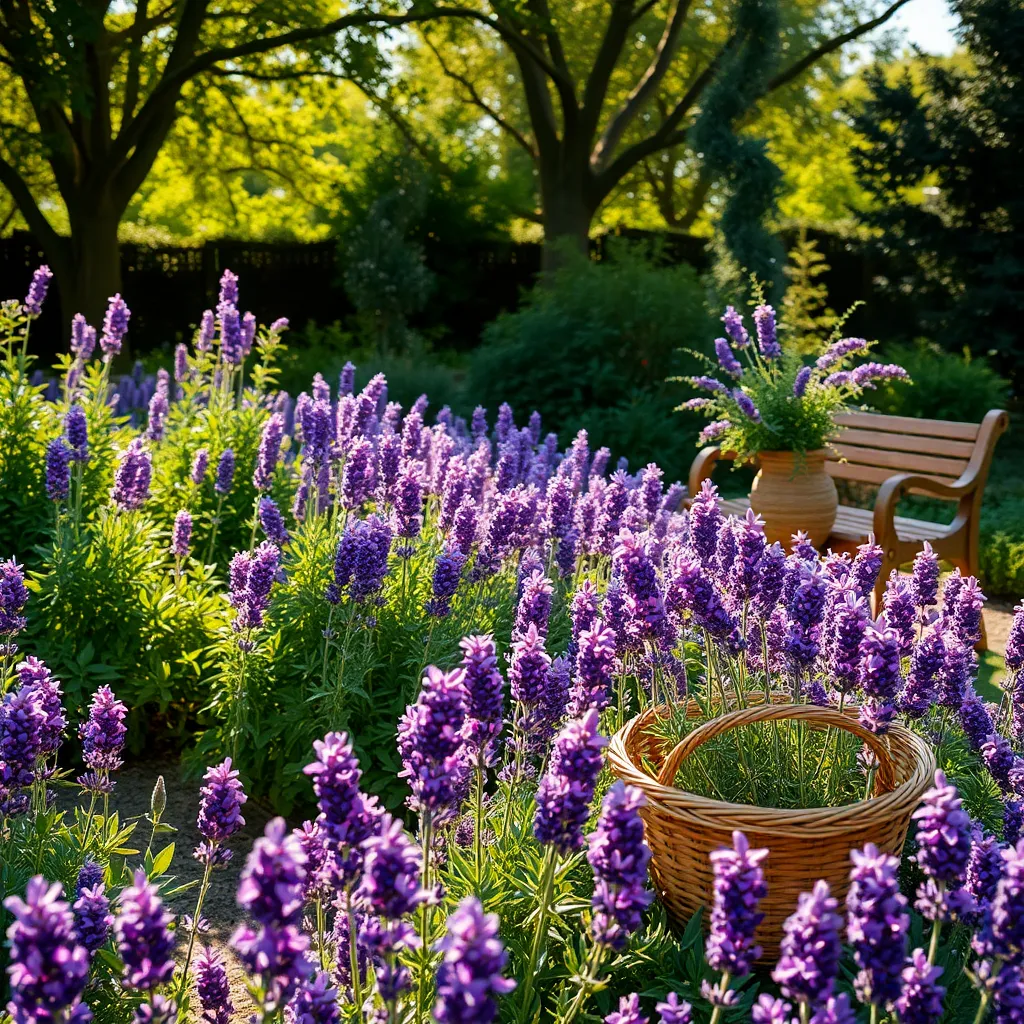
Lavender is a fantastic choice for gardeners seeking a fragrant and hardy perennial. Its vibrant purple blooms and soothing scent make it both visually appealing and functional in any garden.
To cultivate lavender successfully, plant it in well-drained soil with a pH level between 6.5 and 7.5. Consider adding sand or gravel to your soil mix if your garden tends to retain water, as lavender thrives in drier conditions.
For optimal growth, position lavender in an area that receives full sun for at least six hours a day. Water sparingly, allowing the soil to dry out between waterings to prevent root rot, which is a common issue with this plant.
Pruning is essential for maintaining the shape and health of your lavender plants. Trim back about one-third of the plant in early spring to encourage new growth and a fuller appearance.
Peonies (Vibrant Spring Blooms)

Peonies are a delightful addition to any beginner gardener’s landscape, known for their vibrant spring blooms and ease of care. These perennials thrive in USDA hardiness zones 3 to 8, making them suitable for a wide range of climates.
Plant peonies in well-draining soil with a neutral to slightly acidic pH, ideally between 6.5 and 7.0. Ensure they receive at least six hours of full sunlight each day to promote optimal flowering.
When planting peonies, bury the roots no more than 2 inches deep to encourage healthy growth. Water them deeply but infrequently, allowing the soil to dry out somewhat between waterings to prevent root rot.
For those looking to enhance their gardening skills, consider staking peonies to support their heavy blooms during spring. Regularly deadhead spent flowers to maintain plant health and encourage continued blooming throughout the season.
Shasta Daisies (Classic White Petals)
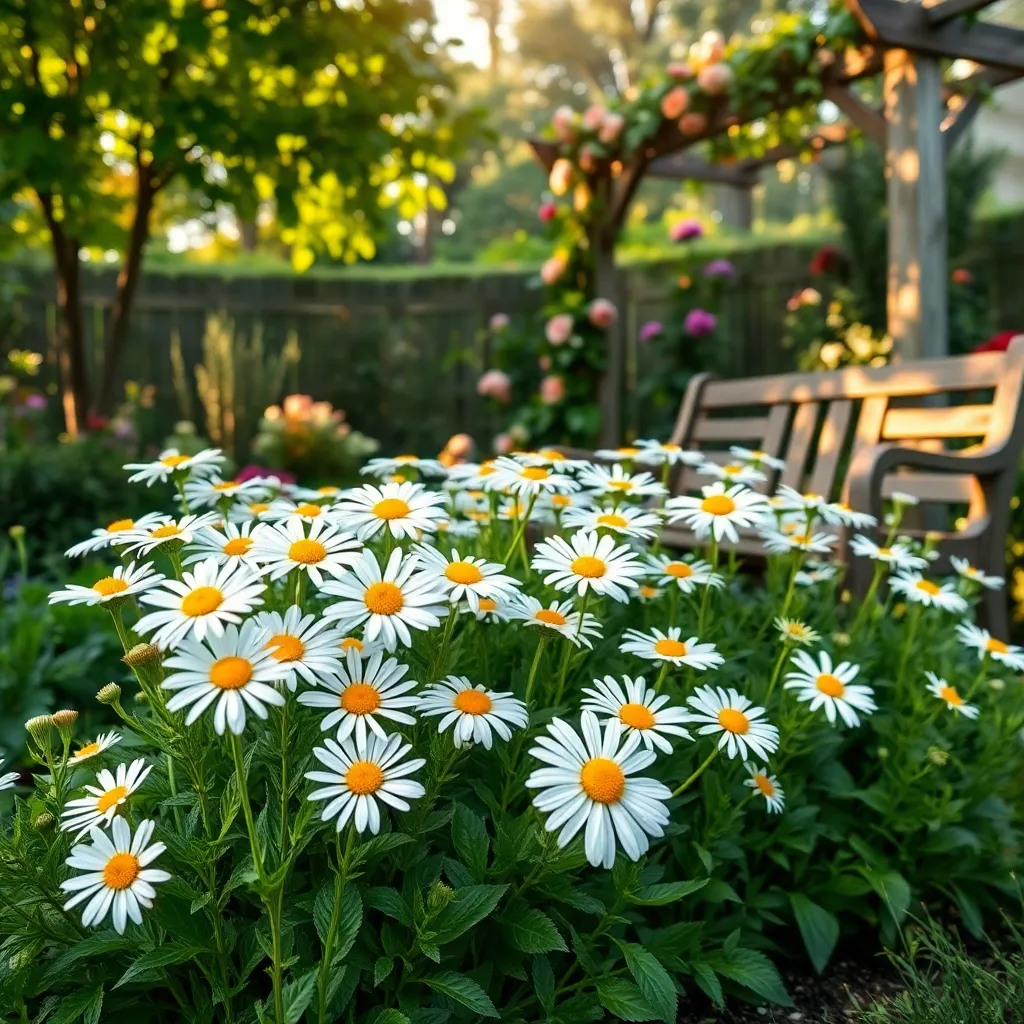
Shasta daisies are a delightful addition to any garden, offering classic white petals with sunny yellow centers that can brighten up your space. They thrive in full sun and require well-drained soil, making them an ideal choice for beginners looking to fill their garden with low-maintenance blooms.
It’s important to water Shasta daisies deeply but infrequently, allowing the soil to dry out between watering to prevent root rot. To encourage longer blooming periods, regularly deadhead the flowers by removing spent blooms, which will help direct the plant’s energy toward new growth.
For best results, plant your Shasta daisies in early spring or fall, ensuring they have enough time to establish before extreme weather conditions. While they are generally hardy, applying a layer of mulch around the base can help retain moisture and protect the roots from temperature fluctuations.
Experienced gardeners can propagate Shasta daisies by dividing the clumps every two to three years, which helps to rejuvenate the plants and prevent overcrowding. Whether you’re just starting out or have years of gardening under your belt, these perennials are a rewarding choice with their cheerful appearance and easy care requirements.
Russian Sage (Deer-Resistant Beauty)
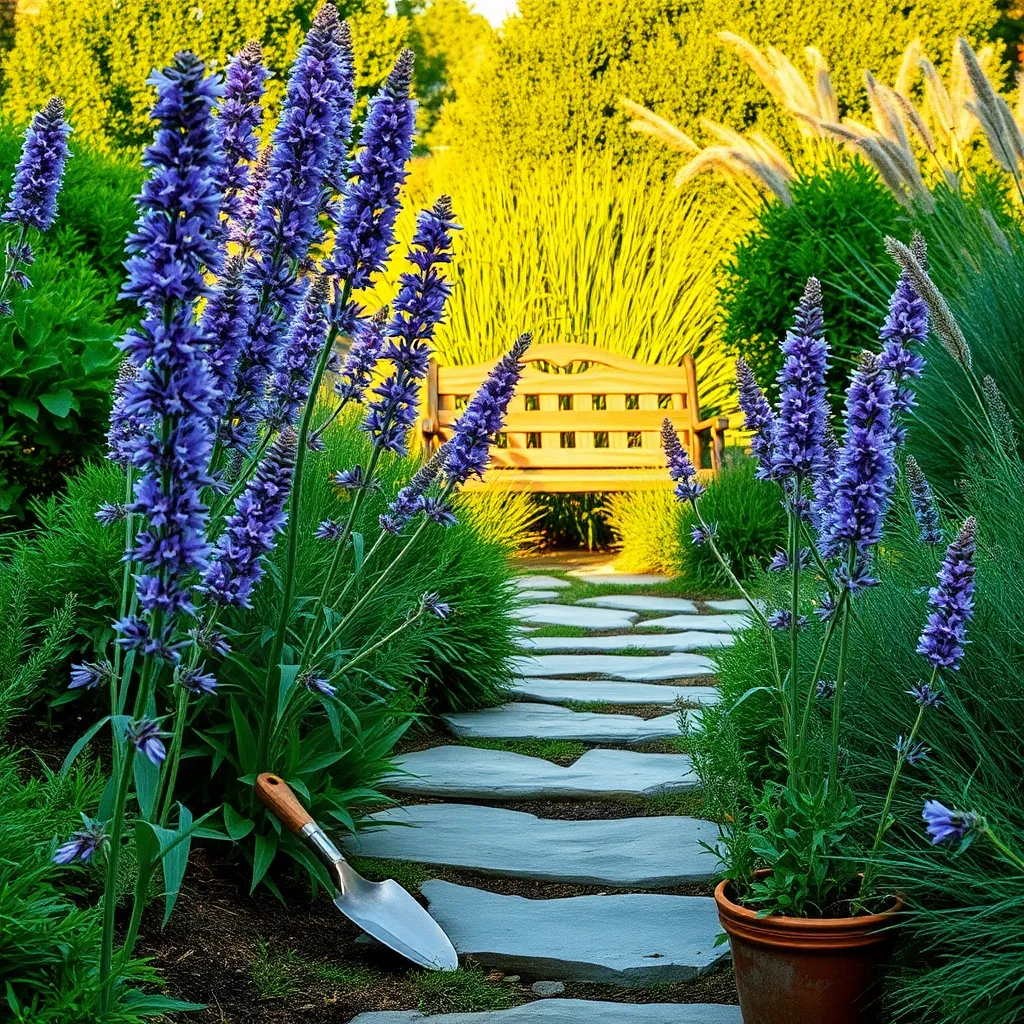
Russian Sage is a delightful perennial for beginners looking to add a touch of resilience to their gardens. Known for its deer-resistant qualities, this plant is perfect for those who often battle with garden visitors.
To successfully grow Russian Sage, plant it in an area that receives full sun. It thrives in well-drained soil, so consider amending your garden bed with sand or gravel if your soil retains too much moisture.
Watering should be done sparingly, as Russian Sage is drought-tolerant once established. For beginners, this means you can enjoy its beauty without the constant worry of overwatering.
As the plant matures, you can prune it back in early spring to encourage new growth and maintain its shape. This low-maintenance routine ensures a vibrant display of lavender blooms throughout the summer months.
Astilbe (Moisture-Loving Fern-Like Plumes)
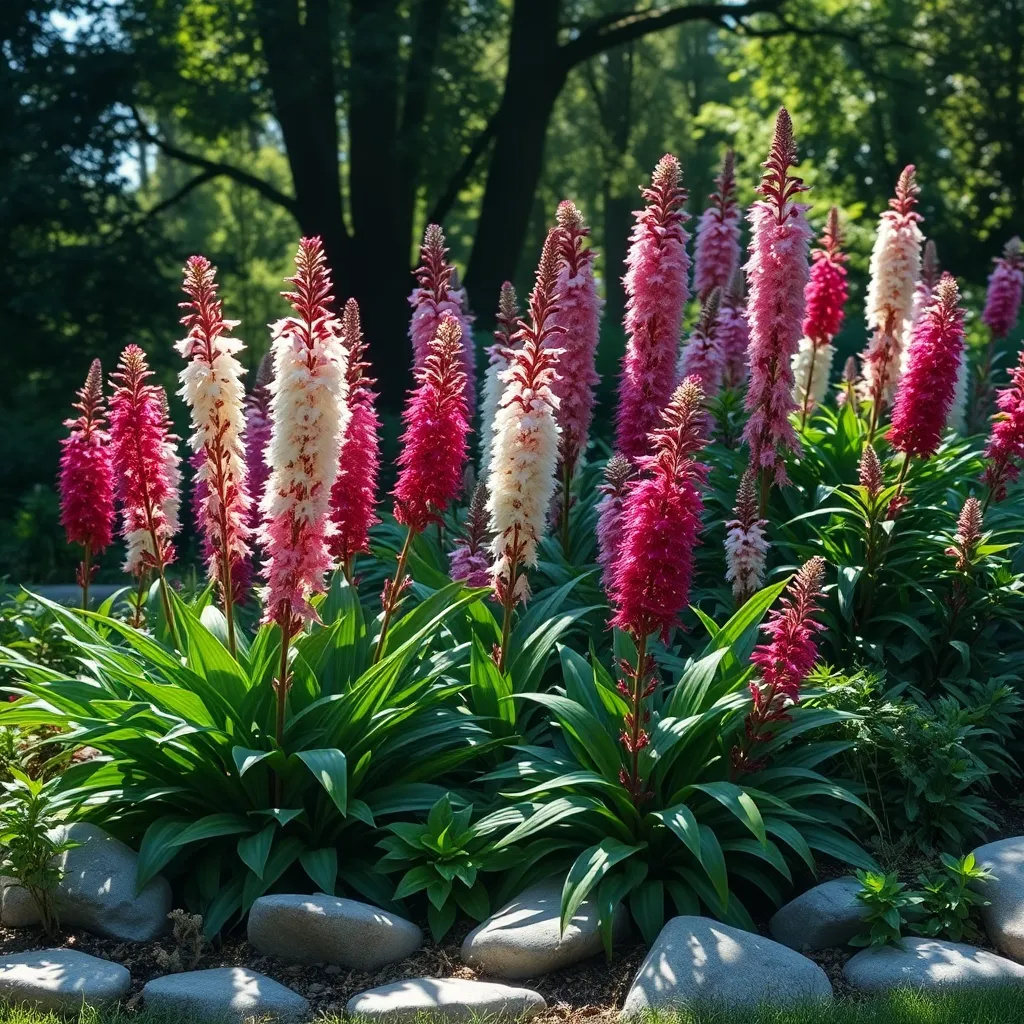
Astilbe, known for its lush, fern-like plumes, is a wonderful addition to any shade garden. It thrives in moist, well-drained soil and benefits from a layer of mulch to retain moisture and keep the roots cool.
For beginners, planting astilbe in the spring or fall can yield the best results. These perennials prefer locations with partial to full shade, making them ideal for areas where other plants might struggle.
Regular watering is essential, especially during dry spells, as astilbe dislikes drying out. Consider installing a drip irrigation system or using a soaker hose to maintain consistent moisture without over-watering.
To encourage vibrant blooms, apply a slow-release fertilizer in early spring. Experienced gardeners can divide astilbe clumps every three to four years in early spring to promote healthy growth and prevent overcrowding.
Conclusion: Growing Success with These Plants
In exploring the ’10 Best Perennials for Beginners,’ we delved into the foundational relationship concepts that can blossom into lasting partnerships. We discussed the importance of cultivating patience, nurturing open communication, and embracing vulnerability. The article highlighted the value of trust-building, practicing forgiveness, and setting healthy boundaries. We also emphasized the need for shared goals, respecting individuality, and maintaining a sense of humor. Finally, we touched on the significance of quality time and appreciation in sustaining a vibrant connection.
To put these insights into practice, start by selecting one concept that resonates most with your current relationship and dedicate this week to nurturing it. Whether it’s setting aside time for deeper conversations or planning a fun activity together, taking small, intentional steps can lead to profound changes.
For those committed to enriching their relationships, bookmark this article as a handy guide for continuous reference. Let it serve as a reminder that relationship success is not just a destination but a delightful journey of growth and understanding. Remember, the seeds you plant today can flourish into a garden of love and connection that thrives for years to come.

